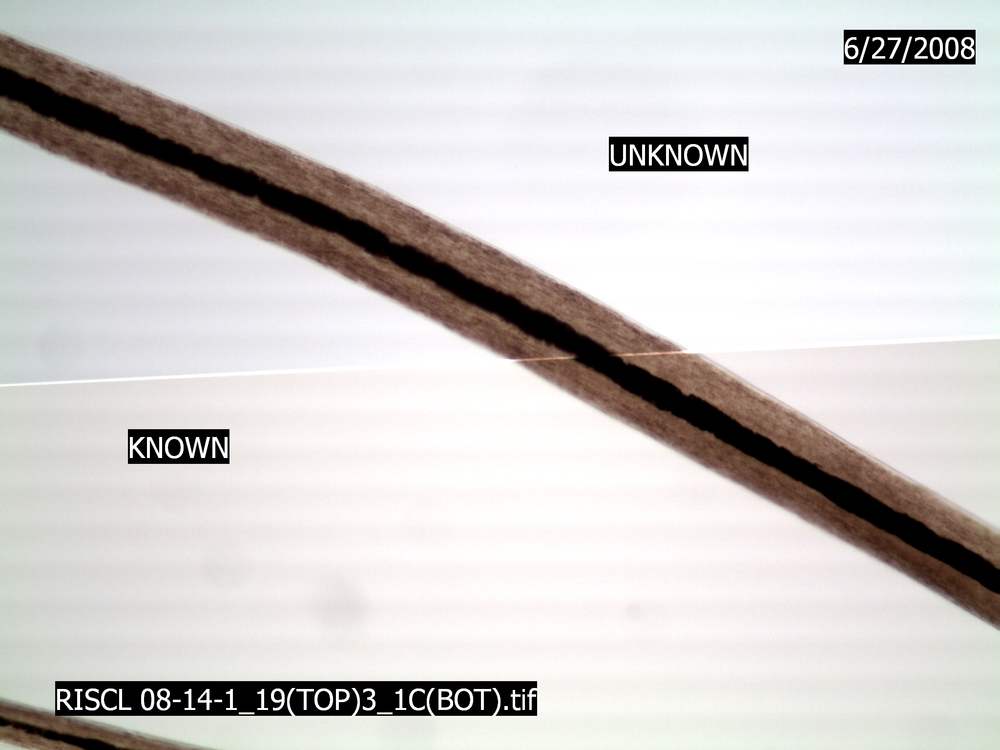Forensics Under the Microscope: Bite Mark Analysis
/ In our continuing series on forensics run amok, we’re going to look at the trials and tribulations of bite mark analysis as a forensic tool.
In our continuing series on forensics run amok, we’re going to look at the trials and tribulations of bite mark analysis as a forensic tool.
What is bite mark analysis? It’s the comparison of a suspect’s dentition (teeth) to a bite mark found at a crime scene in human flesh or another solid substrate. This type of analysis tends to be associated with rape, murder, child abuse, and animal-related infractions because of the nature of the crimes involved. The underlying assumption of bite mark analysis is that human dentition is unique and human skin (or other material) can be imprinted in a way to reflect that uniqueness. The analysis depends on imperfections and deviations such as tooth alignment, chips and broken teeth, tooth wear, dental work, braces, and ethnically-correlated tooth shape to make each set of teeth unique.
How is bite mark analysis done? The first thing any bite mark analyst must do is ensure that the bite is human, and not left by an animal. Measurements are taken of the wound to mark orientation, depth and size of the bite, and then photographs are shot to preserve the bite before any degradation or alteration (decomposition in deceased victims, or wound healing in live victims). Plaster casts can be made of the impression for later comparison with a suspect’s dentition. Sometimes the skin containing the bite mark is excised from deceased victims and fixed in formaldehyde for long term storage and/or later analysis.
How is a match made? When a suspect is apprehended, a plaster cast is made of their teeth for comparison with the bite mark. A forensic dentist will attempt to compare the suspect’s dentition to the bite mark or a photo of the bite mark.
Why is bite mark analysis not a reliable science? The first thing to note here is that many of the scientists doing bite mark analysis are excellent forensic dentists truly trying to assist in case investigations. But the biggest strike against this kind of pattern matching is that there is no scientific proof that the guiding principal―that each person’s dentition is truly unique―is correct. No large population studies have been conducted to answer this question, as opposed to fingerprints or DNA profiling, where the results are truly individual. Therefore, the guiding principle of the technique is based upon an assumption. In actuality, the analysis is the subjective opinion of the technician, based purely on his or her own experience. To make matters worse, the shape of each bite depends on multiple circumstantial factors that can heavily influence the analysis―the force applied during the bite, the substrate, if the subject or substrate is in motion, and the angle of the bite.
What are the problematic technical issues of the analysis itself? There are many technical issues which can influence analysis, such as:
- Tooth wear patterns that change over time—in older cases, current dentition might not reflect dentition when the crime was committed.
- Unlike fingerprints or DNA, there is no dental database for reference.
- Bite marks change significantly over time and decomposition following skin slippage/desiccation.
- Sometimes bodies are exhumed months after burial, producing an imprint that is not identical to the fresh bite. Several of these cases have resulted in convictions.
- Some analysis is done using photos of the bite. Once such analysis noted a gap in the dentition that matched the suspect. The forensic expert recanted a decade later, saying the gap was a flaw in the photo. Nevertheless, this conviction was not overturned.
What are the judicial ramifications? In 2009, the National Academy of Sciences made the damning statement that the forensic science of bite marks had “no evidence of an existing scientific basis for identifying an individual to the exclusion of all others.” According to the Innocence Project, there have been twenty-four people exonerated by other evidentiary means (usually DNA, often not a tool available at the time of the trial). It is estimated that there are hundreds of other prisoners, including fifteen persons awaiting execution, who could be exonerated if bite mark evidence is overturned.
The science of bite mark analysis remains a controversial one, and current forensic investigators always try to find another way to use bites as evidence, i.e. swabbing for the presence of DNA. It is worth noting that not all forensic dentistry is questionable; using dentition to identify human remains is a well-established and successful method in the eyes of both the scientific and forensic communities.
Photo credit: Surlygirl




 COMPLETE!
COMPLETE! Planning
Planning